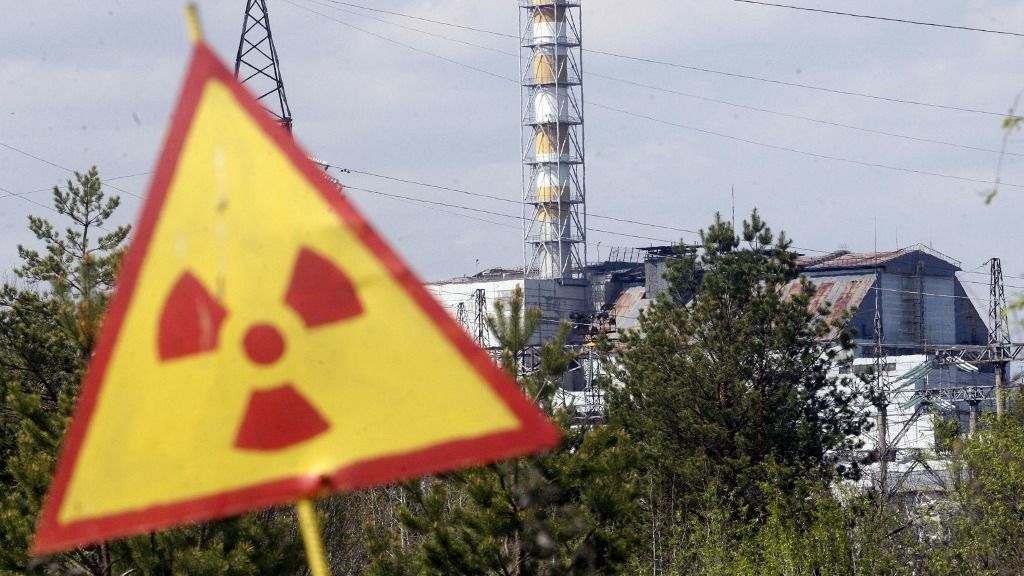A group of researchers collected nematodes from the vicinity of the destroyed nuclear power plant. When they began analyzing the genetic material of the organisms they collected, they were astonished. To acknowledge Conclusion: No sign of any kind of damage was found in the genomes of the small animals. It seems that the destructive radiation, deadly to humans, has no effect on these creatures at all.

Photo: AFP
This discovery could have a major impact on medicine: one day, a new DNA repair mechanism could be developed with it, which could be used in medicine, especially in the field of cancer treatment.
Chernobyl's filament threads appear almost indestructible.
Nematodes are very simple, but at the same time very hardy. They have an amazing ability to remain dormant for tens of thousands of years. Because their genetic material is so simple, science mapped their genome relatively quickly, which also simplified research work.
The scientists collected several hundred nematodes from the highly radioactive area. The Chernobyl worms were then bred in the laboratory, and 15 individuals were selected and their genetic material sequenced. Finally, the specific gene pool of the mutant nematodes was compared with the genomes of their congeners living in other parts of the world.
Experts concluded that there were differences between the genomes of nematodes from Chernobyl and those living further afield, but these changes could not be attributed to radiation.
The chromosomes of the Chernobyl nematodes were completely intact, and there was no indication that radiation had damaged their DNA.
More details about the discovery Proceedings of the National Academy of Sciences Written in the scientific journal.
Other animals have also adapted to the increased radiation.
Other animal species adapted to harsh conditions also live near nuclear power plants. Recently, for example, it was discovered that a fungus that gains energy from the decay of highly radioactive materials was taking over the damaged reactor; ironically, it is expanding into places that are deadly to most living things.






